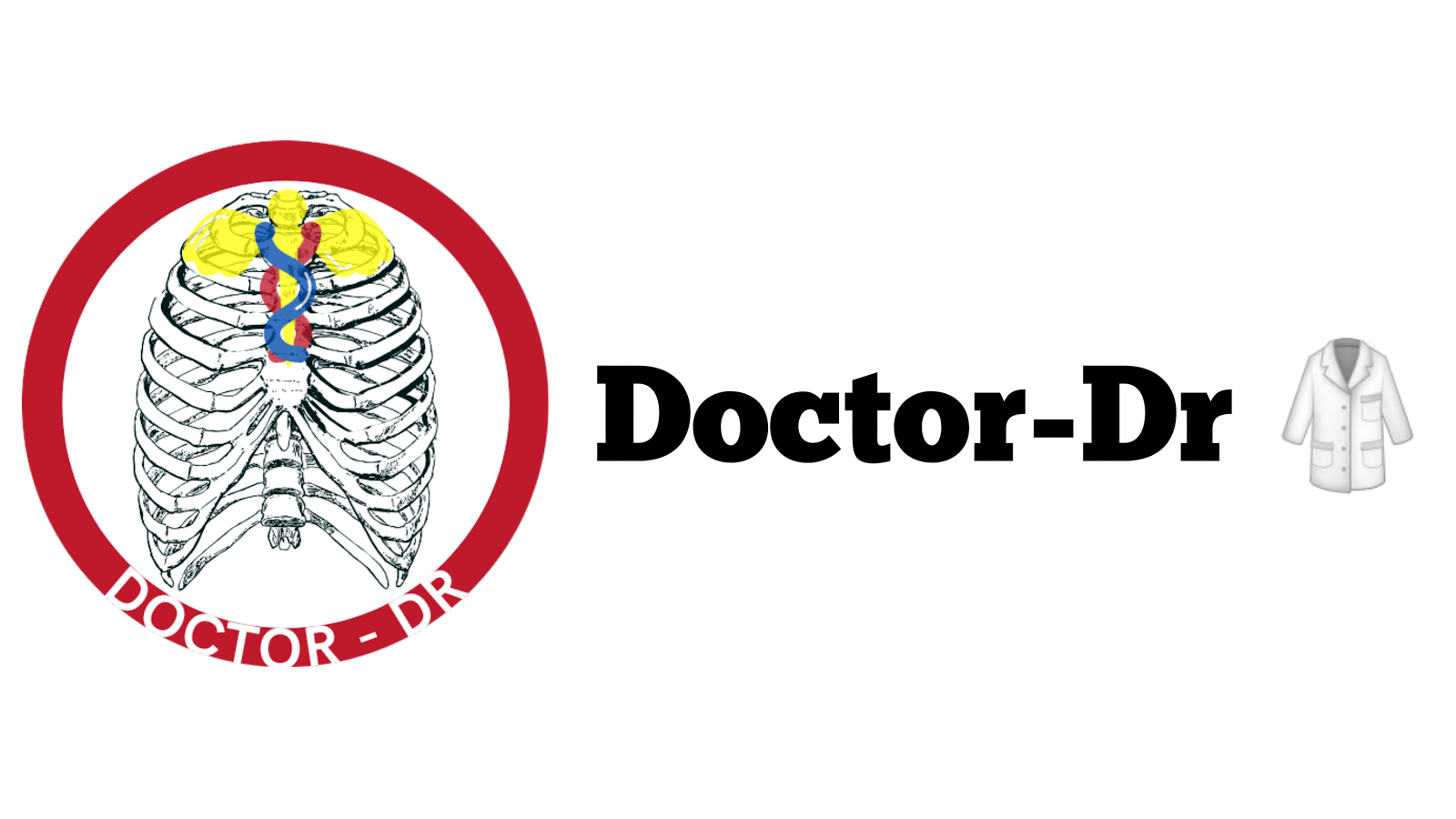Medical Microbiology Course

- Introduction to Microorganisms
- Normal flora of Human Body
- Micro-organisms of Medical Importance
- Virulence Factors
- Gram Positive Cocci of Medical Importance
- Gram Positive Bacilli of Medical Importance
- Gram Negative Cocci
- Gram Negative Bacilli
- Acid Fast Bacteria
- Biochemical Identification of Microorganisms
Table of Contents
- Introduction to Microorganisms
Typical and A-typical bacteria
Typical bacteria:
- Have a well-defined cell wall structure.
- Easily cultured in standard laboratory media.
- Show clear results with Gram staining (either Gram-positive or Gram-negative).
- Respond well to common antibiotics that target the bacterial cell wall.
- Examples of typical bacteria:
- Gram-negative bacteria: e.g., Escherichia coli, Klebsiella pneumoniae.
- Gram-positive bacteria: e.g., Staphylococcus aureus, Streptococcus pyogenes.
Atypical bacteria:
- Lack a classical cell wall or have unique structures.
- Do not stain reliably with Gram stain.
- Often require special culture techniques or may be unculturable.
- Frequently act as intracellular pathogens.
- Show resistance to standard antibiotics like penicillins.
- Examples of atypical bacteria:
- Spirochetes: e.g., Treponema pallidum (syphilis).
- Chlamydia: e.g., Chlamydia trachomatis.
- Rickettsia: e.g., Rickettsia rickettsii (Rocky Mountain spotted fever).
- Mycoplasma: e.g., Mycoplasma pneumoniae.
- Mycobacterium: e.g., Mycobacterium tuberculosis.
Infection and Disease
- Infection is invasion of microorganism(s) in the body, resulting harmful/deleterious effects.
- Those organisms capable of causing disease are called pathogens.
- Disease is any change in the host from a healthy to an unhealthy, abnormal state in which part or all of the host’s body is not capable of carrying on its normal functions.
- The obligatory steps for the infectious process involving bacterial diseases are:
- The bacterium must be transmitted to a suitable host.
- Attach to and/or colonize the host.
- Grow and multiply within or on the host.
- Interfere with or impair the normal physiological activities of the host.
Types of Infections
- Acute Infection: An infection characterized by sudden onset, rapid progression, and often with severe symptoms.
- Chronic Infection: An infection characterized by delayed onset and slow progression.
- Primary Infection: An infection that develops in an otherwise healthy individual.
- Secondary Infection: An infection that develops in an individual who is already infected with a different pathogen.
- Localized Infection: An infection that is restricted to a specific location or region within the body of the host.
- Systemic Infection: An infection that has spread to several regions or areas in the body of the host.
- Clinical Infection: An infection with obvious observable or detectable symptoms.
- Subclinical Infection: An infection with few or no obvious symptoms.
- Opportunistic infection: An infection caused by microorganisms that are commonly found in the host’s environment. This term is often used to refer to infections caused by organisms in the normal flora.
- Nosocomial Infection: An infection acquired from hospital or health care facility, also known as hospital acquired infection.
- Community acquired Infection: An infection acquired from community is known as community acquired infection.
Infections associated with Organs/Systems
Bacterial diseases of humans can also be discussed according to their mode of acquisition/transmission.
- Respiratory Infections:
- Upper respiratory tract infections: Sore throat (Strep throat), diphtheria.
- Lower respiratory tract infections: Pneumonia, tuberculosis, pertussis, respiratory anthrax, Q- fever, psittacosis.
- Gastrointestinal Infections/intoxications: An infection occurs when a pathogen enters the gastrointestinal tract and multiplies (salmonellosis), an intoxication occurs because of the ingestion of a toxin produced outside the body e.g botulism, cholera, and staphylococcal food poisoning.
- Food-borne Infections: Campylobacter gastroenteritis, salmonellosis, listerosis.
- Waterborne infections: Shigellosis, traveler’s diarrhea, Escherichia coli infections, and typhoid fever.
- Vector borne infections:
- Although arthropod-borne bacterial diseases are generally rare, they are of interest either historically (plague) or because they have been newly introduced into humans (Lyme disease).
- Most of the rickettsial diseases are arthropod-borne.
- The rickettsias can be divided into the typhus group (epidemic typhus caused by R. prowazekii and murine typhus caused by R. typhi) and the spotted fever group (Rocky Mountain spotted fever caused by R. rickettsii), with Q fever (caused by Coxiella burnetti) being an exception because it forms endospore like structures and does not have to use an insect vector as with other rickettsias.
- Direct contact Disease:
- Most of the direct contact bacterial diseases involve the skin, mucous membranes, or underlying tissues.
- Examples include anthrax, bacterial vaginosis, cat-scratch disease, chancroid, gas gangrene, leprosy, peptic ulcer disease and gastritis, staphylococcal diseases, and syphilis.
- Three chlamydial species cause direct contact disease: Chlamydia pneumoniae causes chlamydial pneumonia; Chlamydia trachomatis causes inclusion conjunctivitis, lymphogranuloma venereum, and trachoma; and C. psittaci causes psittacosis.
- Species of mycoplasmas as human pathogens: Mycoplasma hominis and Ureaplasma urealyticum cause genitourinary tract disease, whereas M. pneumoniae is a major cause of acute respiratory disease and pneumonia.
- Genitourinary tract infections:
- E.g gonorrhea, syphilis, nongonococcal urethritis.

%20Test%20Procedure,%20Principle%20&%20Numerical%20Profile%20Explained.webp)




%20with%20Definitions%20and%20Applications.webp)
